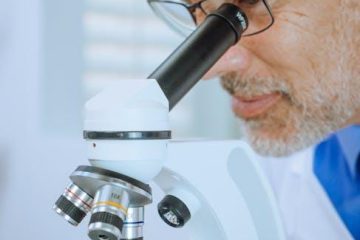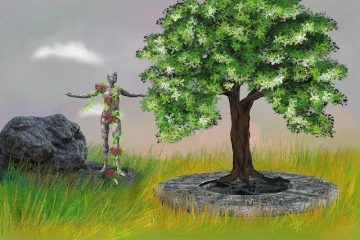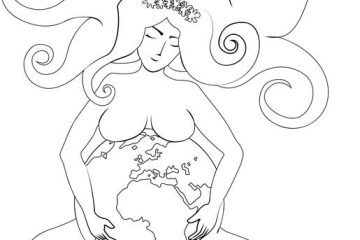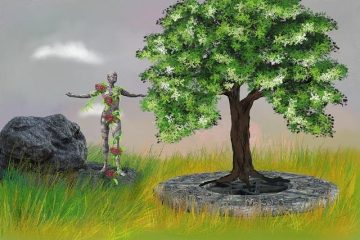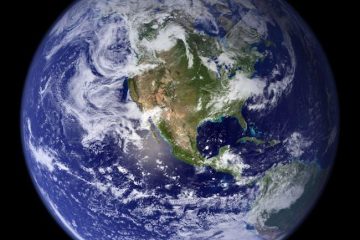James Lovelock
james lovelock gaia 1979
In 1979, James Lovelock introduced the revolutionary Gaia theory, suggesting that Earth functions as a self-regulating system. This concept redefined our understanding of ecology, emphasizing the interconnectedness of life and the planet’s environment.

